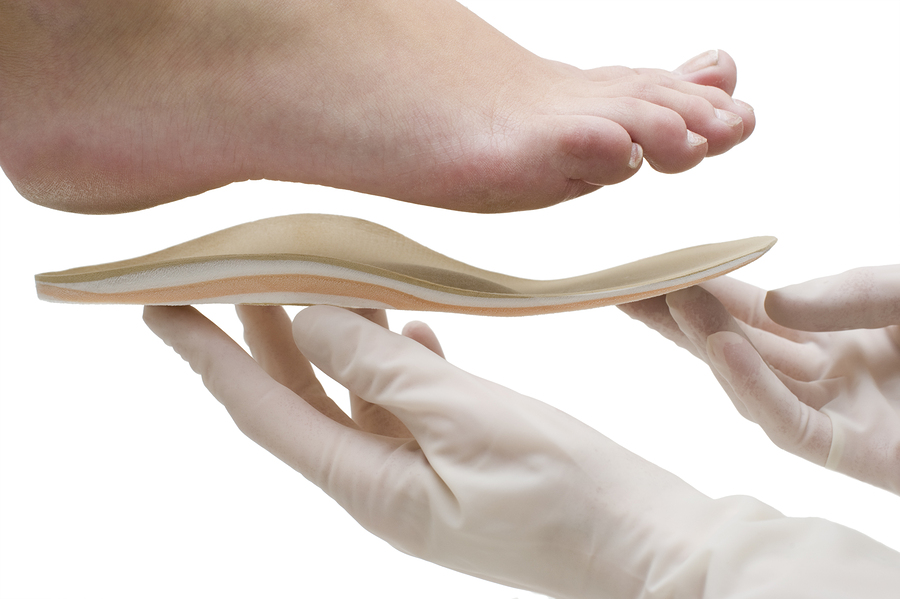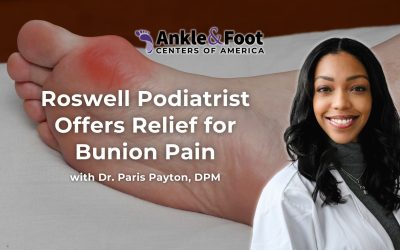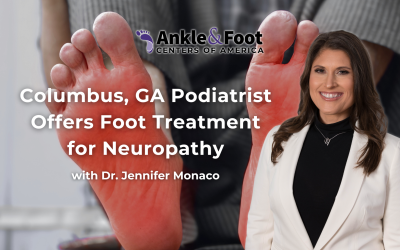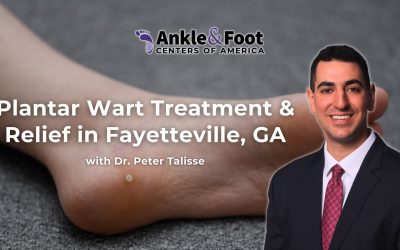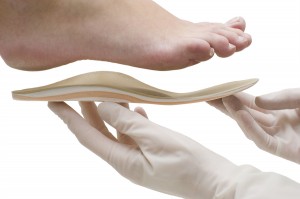 A lot of foot problems can be traced back to a biomechanical or structure problem with the bones of the foot. A foot with a very high arch or a flattened arch may be predisposed to developing more problems than someone with a “normal” foot type.
A lot of foot problems can be traced back to a biomechanical or structure problem with the bones of the foot. A foot with a very high arch or a flattened arch may be predisposed to developing more problems than someone with a “normal” foot type.
The foot is a very complex structure with over 26 bones, 33 joints, 16 muscles, and over 100 ligaments. This sophisticated, complex unit works in a fine balance to absorb shock, adjust to various terrains, and propel us across the ground. A foot, which is not properly aligned or balanced cannot properly absorb shock or adjust to uneven surfaces. This can lead to problems of overuse like tendonitis and problems of abuse like Heel Spur Syndrome.
An improperly aligned foot can often be corrected with devices called orthotics. Orthotics are custom-made prescription devices that are designed to hold your foot in a neutral or “normal” position. They will help to control the excess flattening or pronation of the foot or support a high arched foot and aid it in shock absorption. Orthotics are like eyeglasses in that you have to wear them all the time in order for them to work. Unlike braces, you will generally have to wear the orthotics the rest of your life once you start because without surgery the adult foot’s boney architecture cannot be changed once it fully develops. The orthotics can be worn in just about all of your daily shoes.
Patients having painful problems with diabetes, sports Injuries, work Injuries, or even inherited foot deformities can be treated conservative rather than surgically often times.

